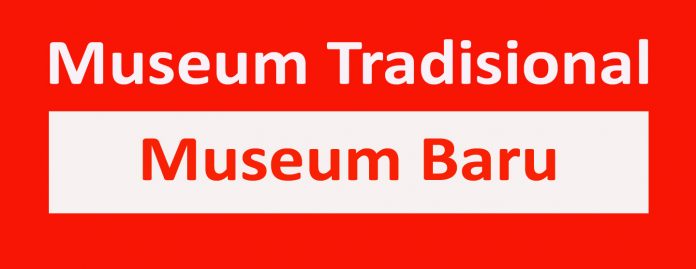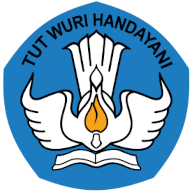
Oleh: Dian Trihayati
Lahirnya New Museology
Pada 1970 terjadi perubahan yang cukup radikal pada dunia permuseuman. Museum dituntut untuk mengubah perhatian dari koleksi menjadi pengunjung. Berdasarkan tuntutan tersebut, lahirlah museology dengan semangat perubahan yang baru yang disebut dengan new museology.
Max Ross, mengutip Lawley (1992:38) dalam artikelnya yang berjudul ‘For Whom We Serve’ dalam The New Statesman and Society menerangkan semangat new museology sebagai berikut;
“Museum must come to term with a plurality of past, sometimes in conflict which each other. As one of the principal means by which people gain access to their history, museum must dismantle the cultural barriers that impeded widespread participation in their activities. They must become more community focused, and museum workers must look to the people they serve, rather than their peers, for approval” (Ross, 2004:85).
New museology berdasarkan pendapat di atas berarti harus dapat menyesuaikan diri terhadap keberagaman masa lalu walaupun seringkali menimbulkan konflik. Museum harus memudahkan masyarakat untuk mendapatkan akses terhadap sejarahnya dan museum harus lebih fokus kepada masyarakat dalam menentukan kebijakan dan lebih mengutamakan pengunjung yang mereka layani.
Deirdre C Stam menyatakan bahwa pemikiran new museology difokuskan pada tiga hal. Pertama; nilai (value), tidak difokuskan pada kepemilikan objek namun atribut khusus yang melekat pada objek. Pemberian aura pada objek akan memunculkan nilai budaya tradisional untuk masa kini. Kedua; arti (meaning), setiap objek pasti memiliki arti penting di masyarakat. Ketiga; Akses (access), museum adalah akses memperoleh pengetahuan (Stam, 2005:57–58).
Museum Tradisional vs Museum Baru
Andrea Hauenschild (1988:10–11) menjelaskan perbedaan mengenai traditional museum dan new museum ada lima, yaitu:
| No | Traditional Museum | New Museum | |
| 1 | Objective | Protection and preservation of a given material culture | Coping with everyday life |
| Social development | |||
| 2 | Basic Principles | Protection of the objects | Extensive, radical public orientation |
| 3 | Structure and
Organization
|
Institutionalization | Little institutionalization |
| Government financing | Financing through local resources | ||
| Central museum building | Decentralization | ||
| Professional staff | Participation | ||
| Hierarchical structure | Teamwork based on equal rights | ||
| 4 | Approach | Subject: extract from reality | Subject: complex reality |
| Discipline oriented restrictiveness | Interdiciplinarity | ||
| Orientation to the object Theme Orientation | Orientation to the past Linking the past to the present and future | ||
| 5 | Task | Collection | Collection |
| Documentation | Documentation | ||
| Research | Research | ||
| Conservation | Conservation | ||
| Mediation | Mediation | ||
| Continuing education | |||
| Evaluation |
Baca juga: Penerapan Konsep New Museology dalam Model Tata Pamer Museum
Daftar Pustaka
Hauenschild, Andrea. 1988. “Claims and Reality of New Museology: Case Studies in Canada, the United States and Mexico”. Disertasi Doktor, Hamburg University.
Ross, Max. 2004. “Interpreting The New Museology” dalam Museum and Society, Jul. 2 (2) 84-103.
Stam, Deirdre C. 2005 .“The Informed Muse The Implications of New Museology for Museum Practice”, Heritage, Museum and Galleries. Ed. Gerard Corsane. New York: Routledge.


